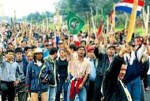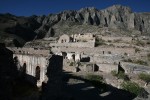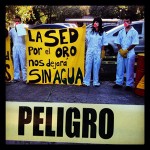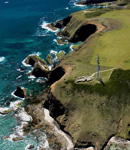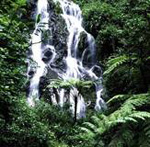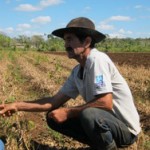Peasants In Nacunday Losing Patience With Paraguayan Government
By Staff, Prensa Latina. Thousands of peasants from Ñacunday, in eastern Paraguay, have set a one-week limit for the government to hand over 37,000 acres of land, which they consider to be illegally held by agribusiness.
Continue reading →
